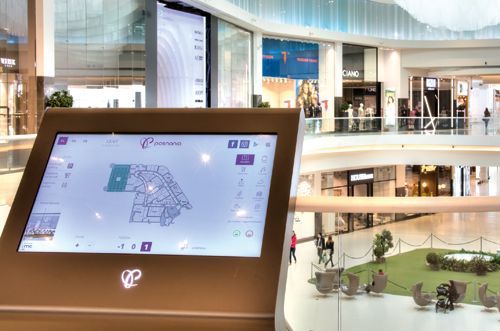The footfall in shopping centres worldwide has been gradually shrinking. For the managers and owners of such buildings this has been a signal that changes are needed and that they have to adapt to consumers’ changing preferences. Modern technology, however, is coming to their aid and is now playing a decisive role in marketing strategies and tenant mixes by making them much more personalised. Furthermore, modern tech has been lending a hand to mall owners by automating many of their processes.
System that controls
Our shopping centres are becoming smarter by the day. They are being equipped with integrated systems that take care of the comfort of customers and employees as well as their safety and communication. They control the heating and lighting and turn on the air conditioning whenever needed. One such system is BMS, the ‘building management system’, which operates in such centres as Galeria Północna in Warsaw. “It’s a kind of computer, into which































































